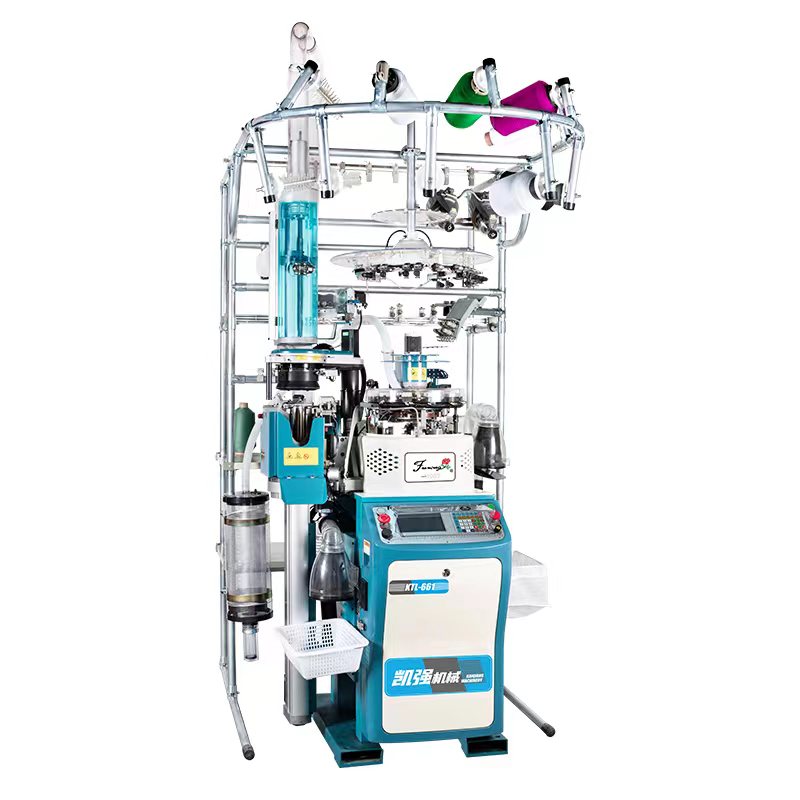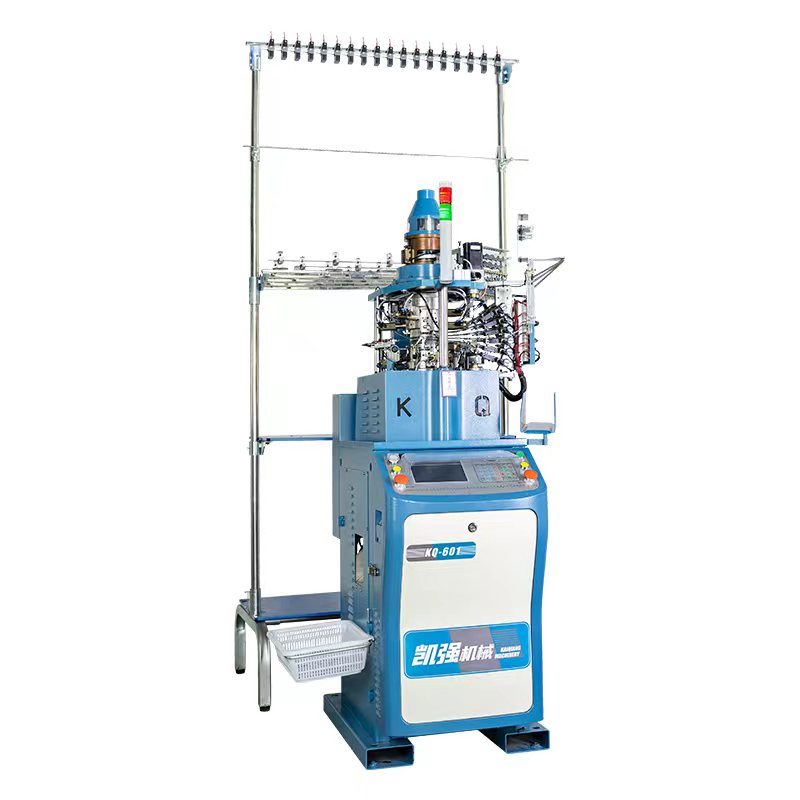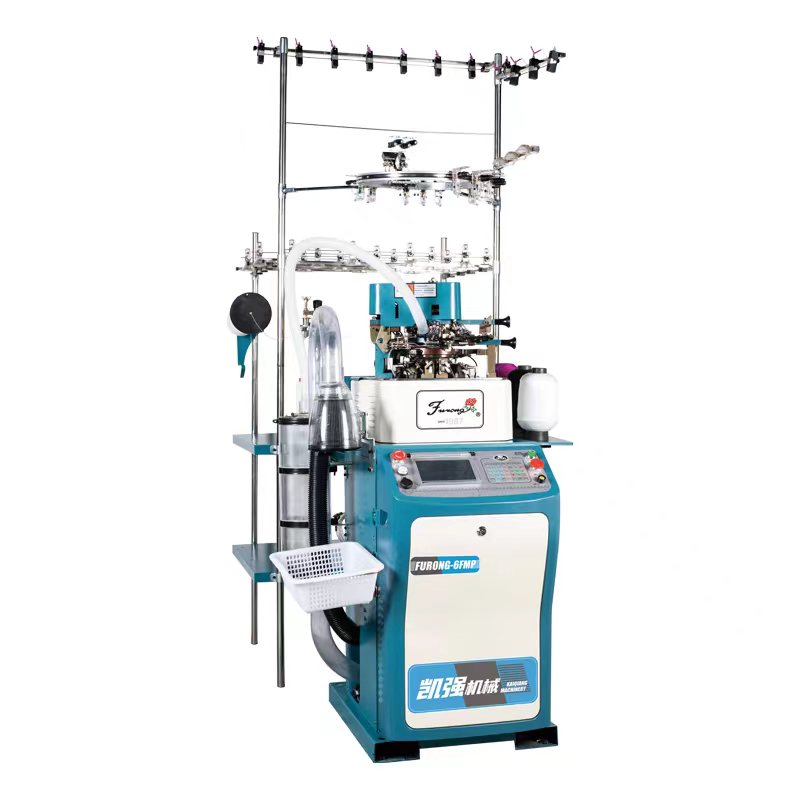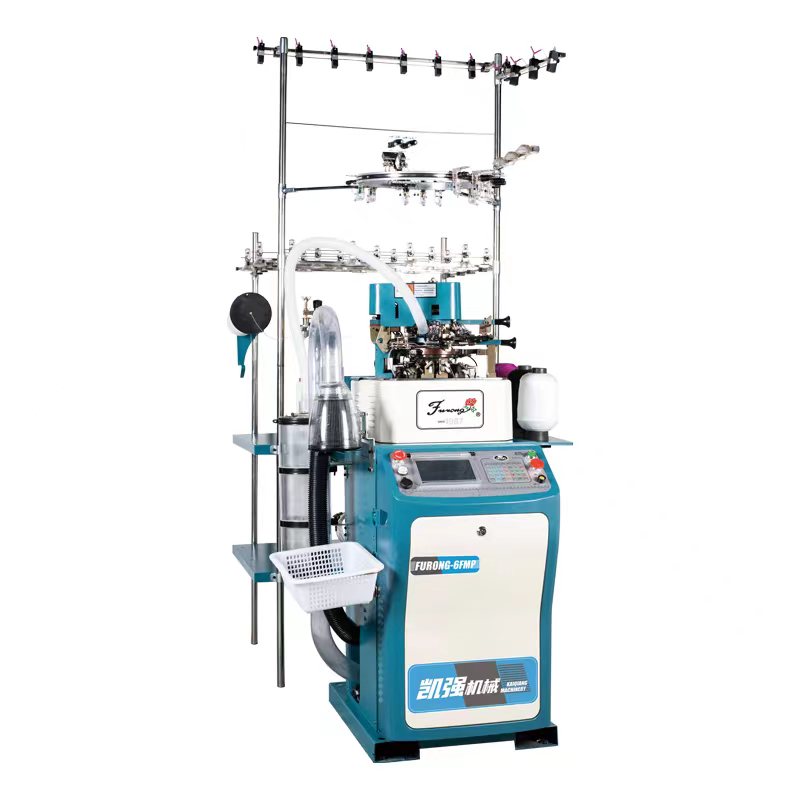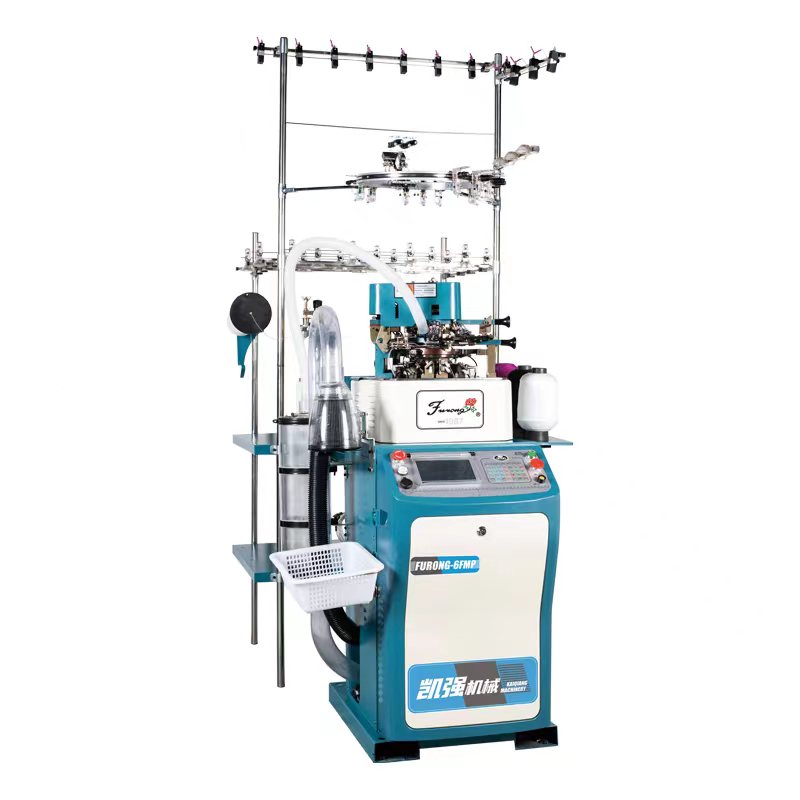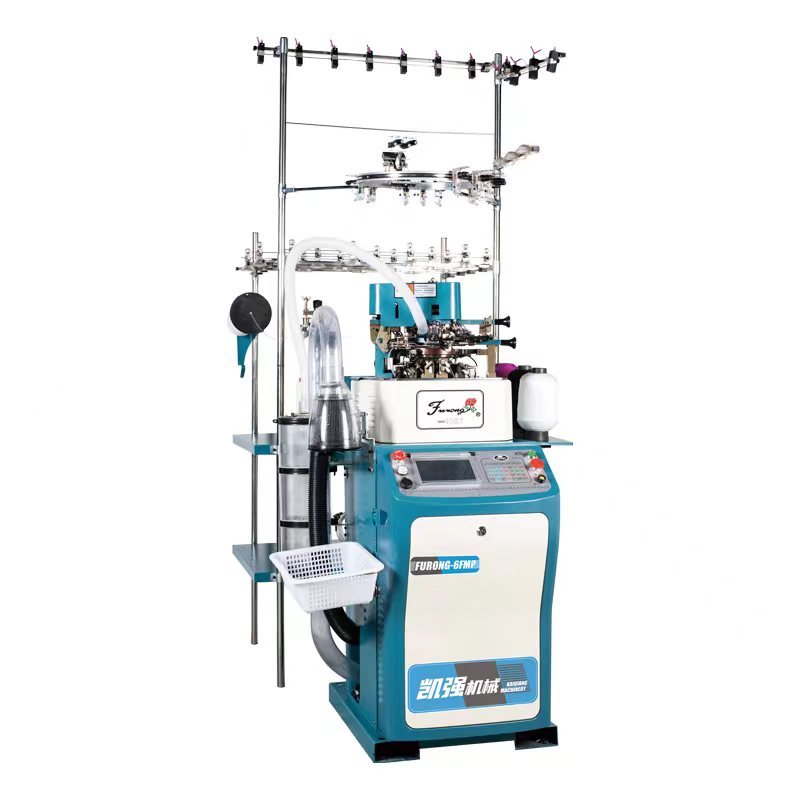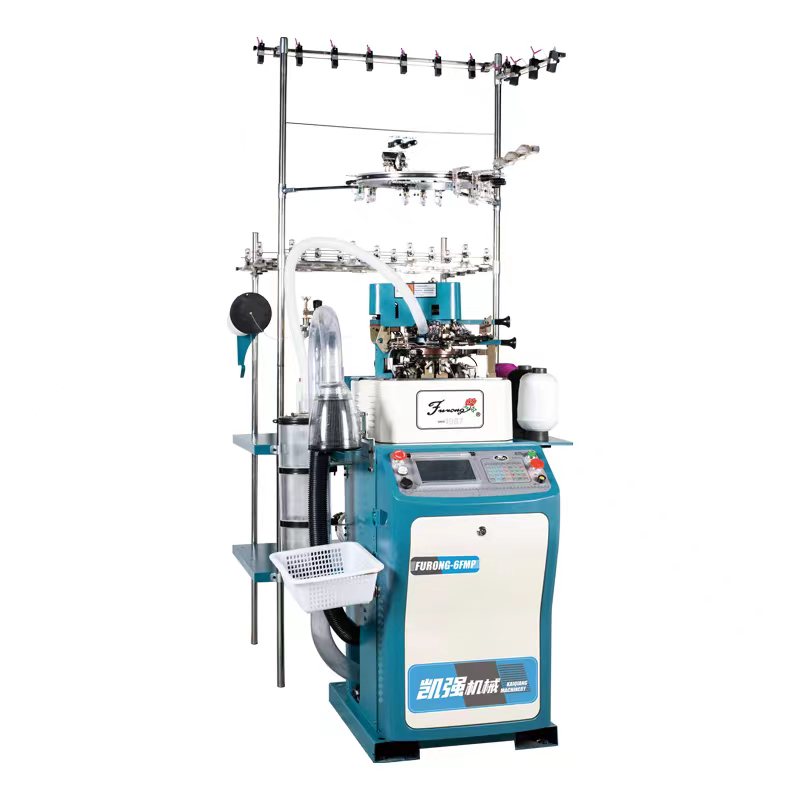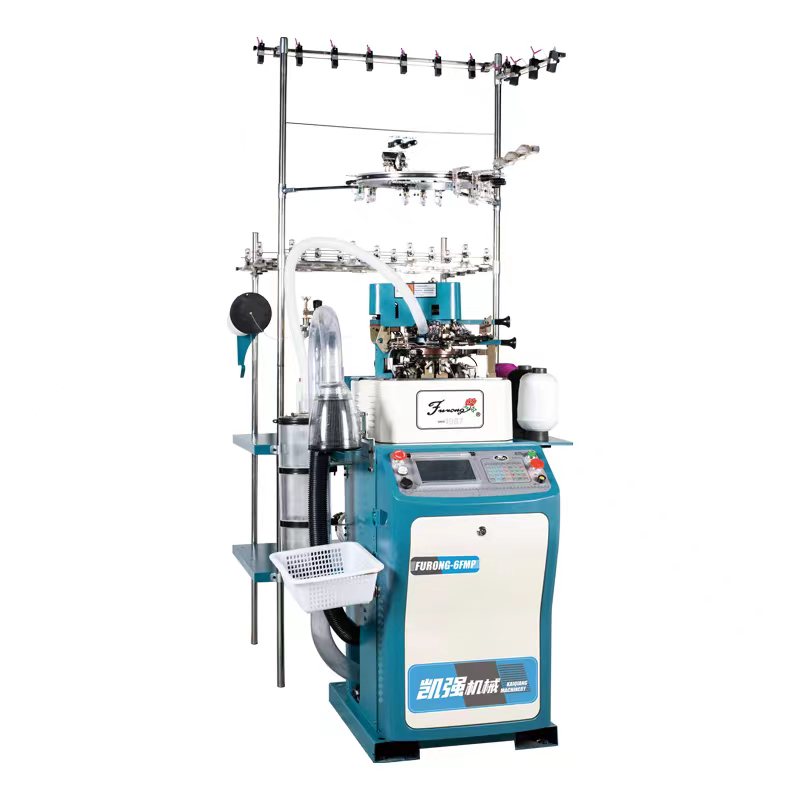Glove knitting machines often incorporate various safety features to ensure the well-being of operators, enhance machine reliability, and meet industry safety standards. The specific safety features can vary depending on the design and manufacturer, but here are some common safety features typically incorporated into glove knitting machines:
Emergency Stop Button:
A prominent emergency stop button allows operators to quickly halt the machine's operation in case of an emergency or unsafe condition.
Safety Guards:
Physical guards and barriers are installed in areas where there is a risk of contact with moving parts, needles, or other potential hazards. These guards prevent operators from accessing dangerous areas during operation.
Interlock Systems:
Interlock systems ensure that certain safety features are engaged before the machine can start or resume operation. For example, doors or guards may need to be securely closed and locked before the machine can be activated.
Safety Sensors:
Proximity sensors and other types of safety sensors are used to detect the presence of operators near moving parts. If an operator gets too close to a hazardous area, the sensors can trigger automatic machine shutdown or activation of safety measures.
Needle Guards:
Guards or shields are placed around needles to prevent accidental contact by operators during machine operation. This reduces the risk of injuries associated with moving needles.
Low Noise Levels:
Some glove knitting machines are designed to operate at low noise levels, contributing to a safer and more comfortable working environment for operators.
Automatic Lubrication Systems:
Automatic lubrication systems reduce the need for manual maintenance tasks that could expose operators to moving parts. Proper lubrication enhances the longevity and safety of the machine.
Overload Protection:
Overload protection mechanisms are implemented to prevent excessive stress on the machine's components. This feature helps avoid equipment damage and potential safety hazards.
Emergency Lighting:
Emergency lighting may be integrated into the machine design to illuminate the area in the event of a power outage or emergency, allowing operators to navigate safely.
Safety Labels and Instructions:
Clear safety labels and instructions are placed on the machine to inform operators about potential hazards, safe operating procedures, and emergency protocols.

 英语
英语 中文简体
中文简体